NASA Apollo 13 Launch Photos: This Day In History
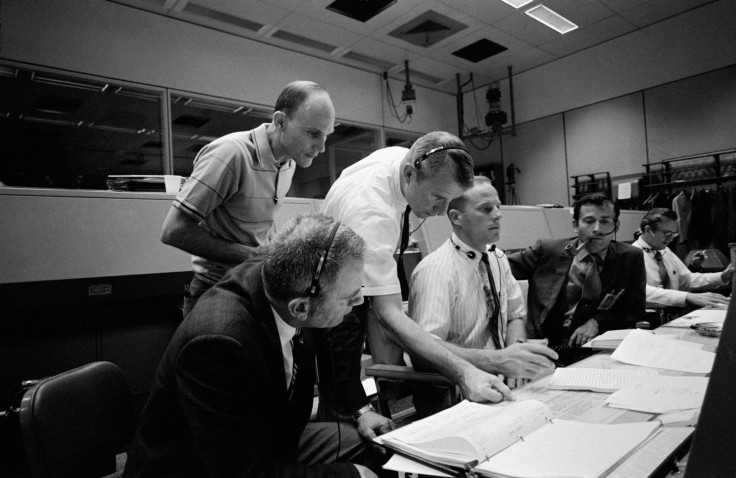
The infamous line that spurred a movie adaptation of a risky space flight, "Houston, we have a problem here," is frequently used in passing and in conversation, but what's the story behind the line?
The crew of Apollo 13 was scheduled to head to space and make the third successful moon landing the U.S. had ever conducted, but the plans started changing very early on.
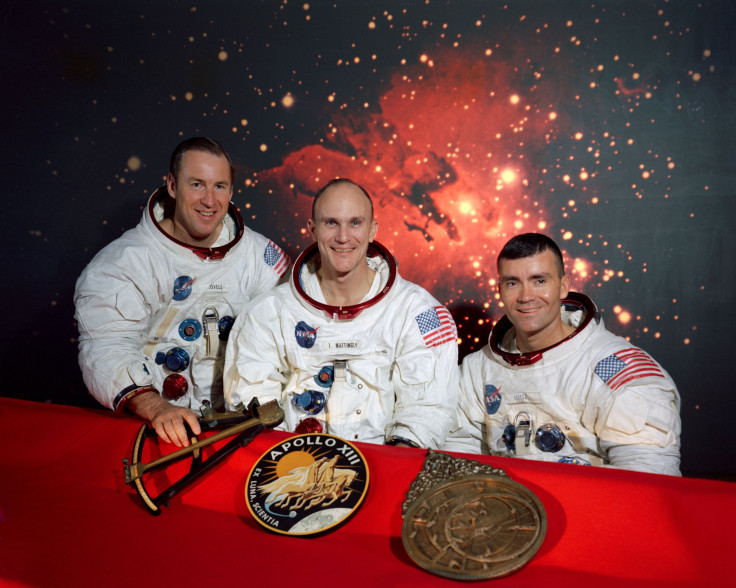
A few days before the mission was set to take off, the backup lunar module pilot, Charles Duke, accidentally exposed crew members Ken Mattingly, Fred Haise and James Lovell to German easels. Mattingly, the command module pilot, had no immunity to the illness and was taken off of the mission and replaced by John Swigert.
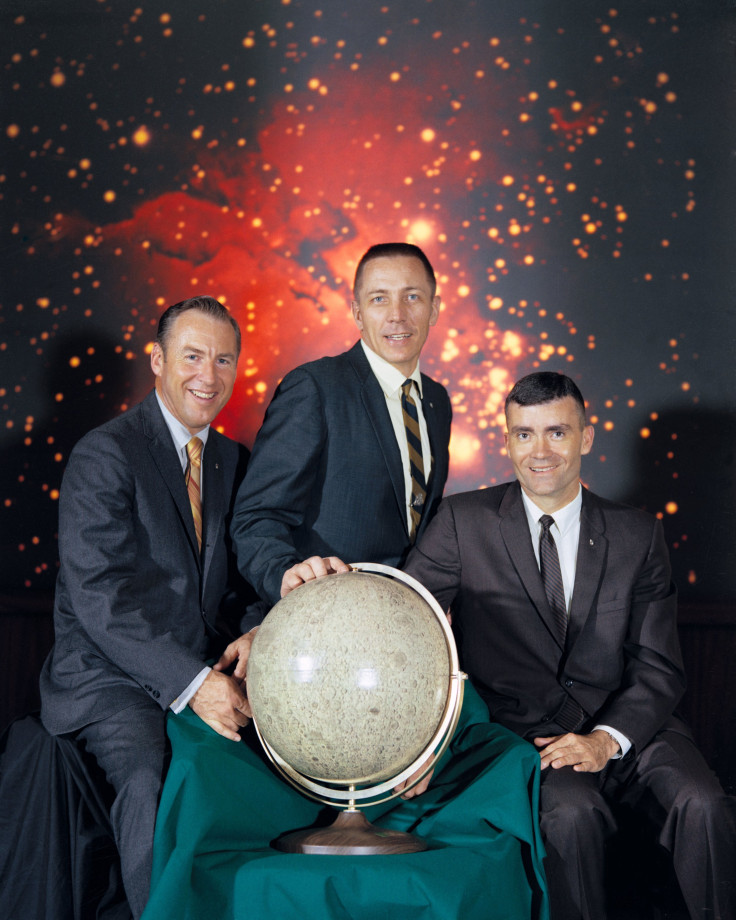
The Apollo 13 space craft launched on April 11, 1970. A little more than five minutes after the rocket left the launch pad the crew felt a vibration in the module, then the center engine shut down early, requiring the remaining engines to burn longer than planned or expected to full launch the module into orbit.
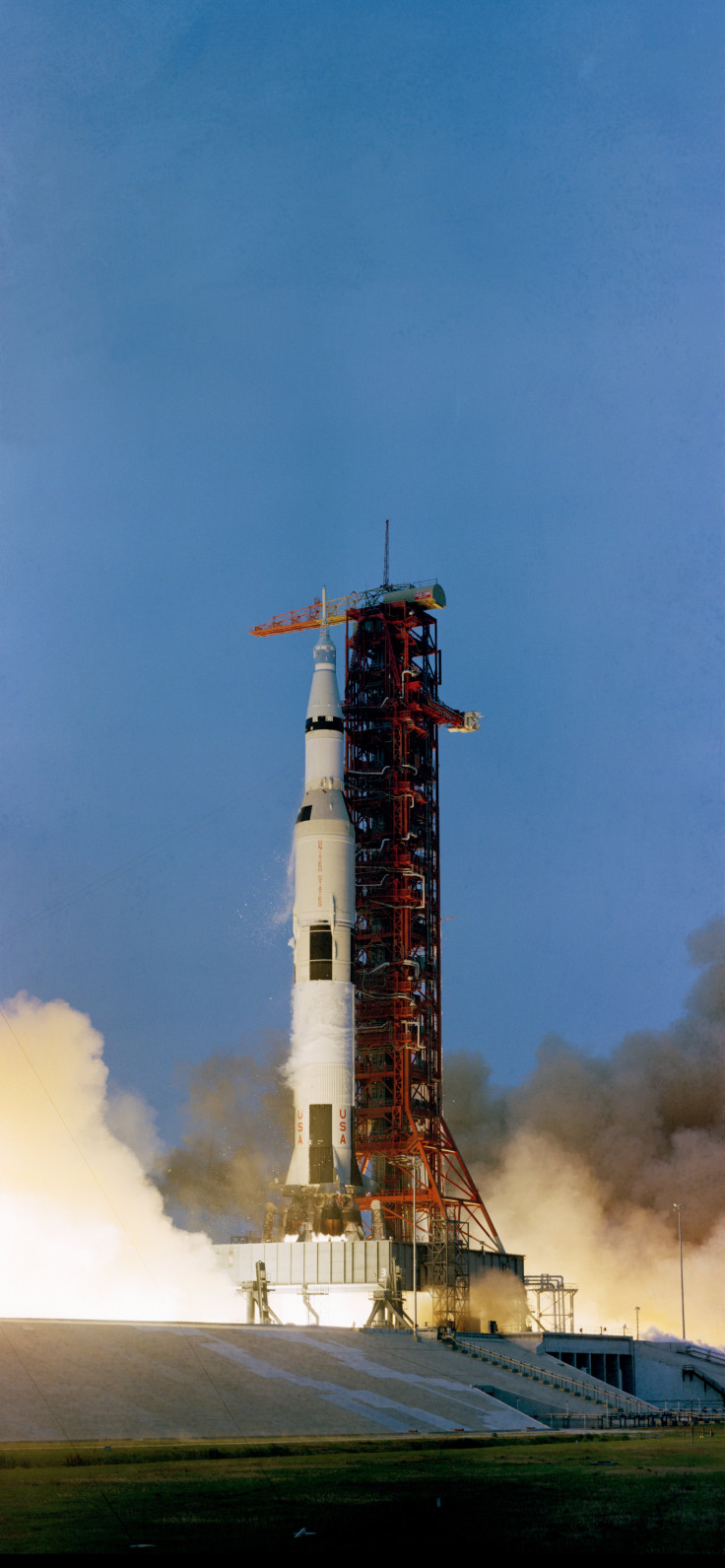
For the first two days or so the mission was running smoothly and as planned. The capsule communicator on Earth, Joe Kerwin, even said, "The spacecraft is in real good shape as far as we are concerned. We're bored to tears down here," according to NASA. A sentence he would soon regret.
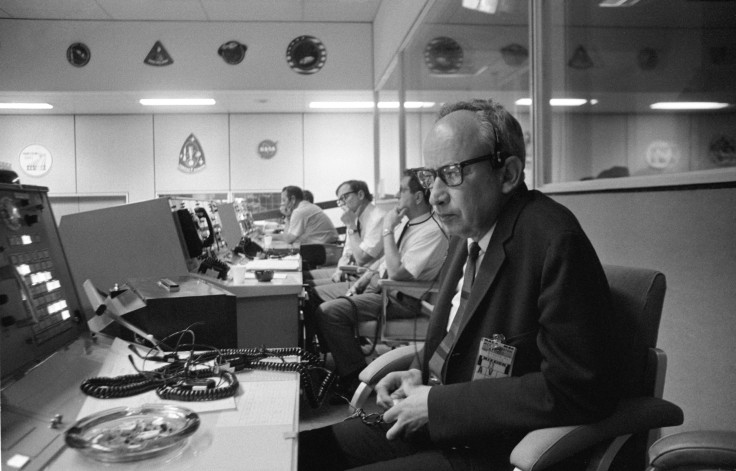
About 56 hours into the mission, one of the oxygen tanks on board the craft blew up and damaged the other oxygen tank in the process. Warning lights began going off and fuel supplies were compromised as well in the explosion. Astronaut Swigert then contacted NASA and said, "Houston, we have a problem here."
Shortly after the explosion, Lovell looked out the window and saw oxygen coming from the side of the craft, venting quickly right out into space. The crew rapidly continued to lose oxygen. Warning lights showed that two of three fuel cells were also damaged. So after receiving confirmation from ground control, the crew made its way into the lunar module and used it for their escape from the failing command module.
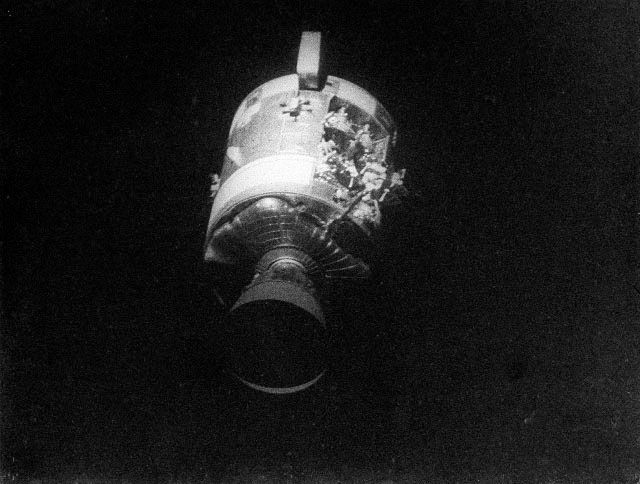
Just making it into the lunar module did not mean the crew was safe or going to make it back to Earth. The crew had to worry about power, water, carbon dioxide and navigation. The lunar module was not designed to last as long as the crew needed it to. The crew cut down their water and food intake. The carbon dioxide was possibly one of the largest concerns for the crew on board and on the ground. Only some of the lithium hydroxide canisters that removed carbon dioxide from the craft fit the fixtures in the lunar module. The lunar module had circular fixtures while the command module had square fixtures. The crew had to improvise and connect the square canisters to the circular fixtures with plastic bags, cardboard and tape, according to NASA.
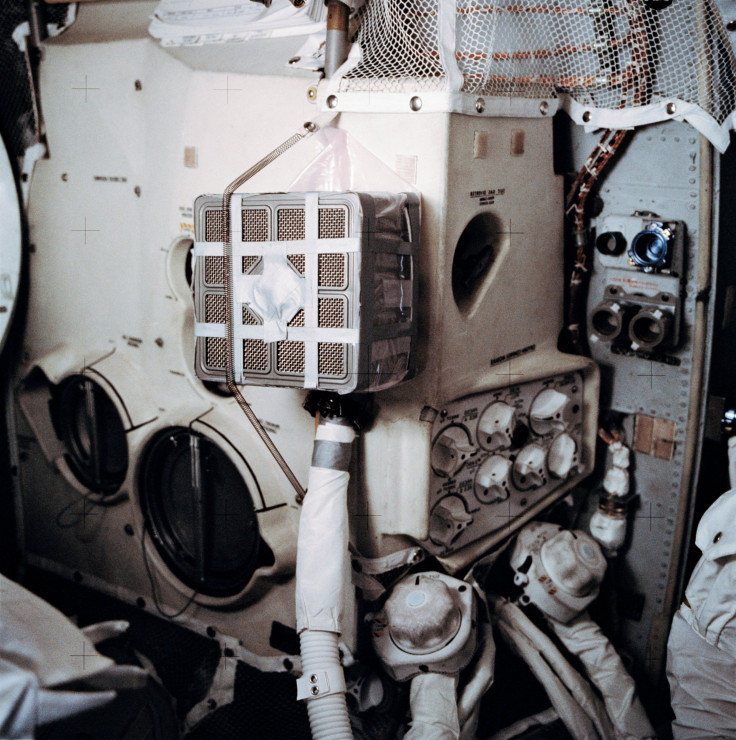
Due to the explosion, navigating space became more difficult for the crew, so they used the sun to align the craft. This helped cut down on voyage time and the astronauts fired the big landing engine a series of times to get the module back on track for re-entry. Ground control had to work up a plan to get the craft on track in a short amount of time, a feat they celebrated as it was the final challenge in getting the men home.
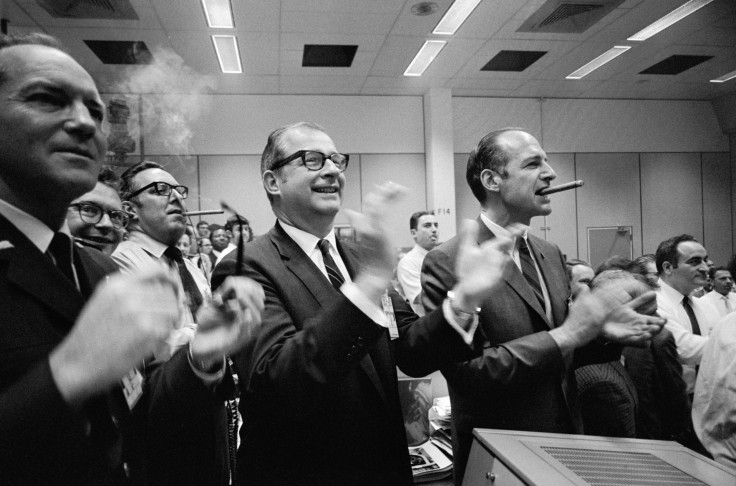
The module landed in the Pacific Ocean near Samoa on April 17, 1970. The crew members had lost more than 31 pounds collectively during the six day trip. .

They were collected from the module and brought aboard the USS Iwo Jima four miles away after their difficult trip. The Apollo 13 trip was immortalized in films and helped NASA improve their technology for the future.
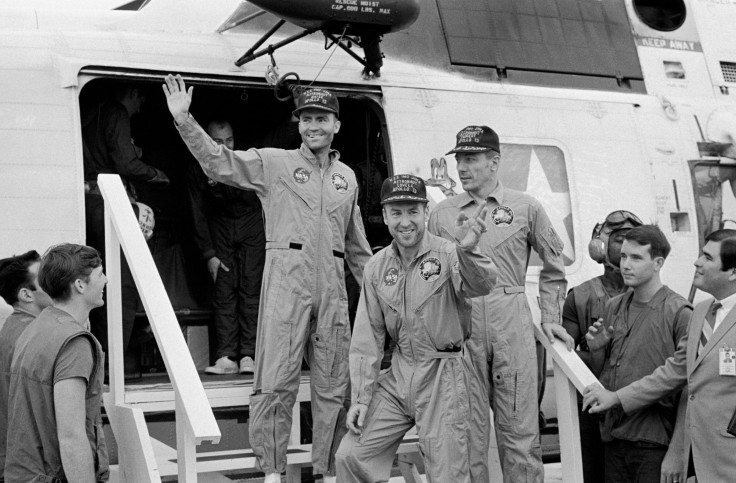
© Copyright IBTimes 2025. All rights reserved.




















